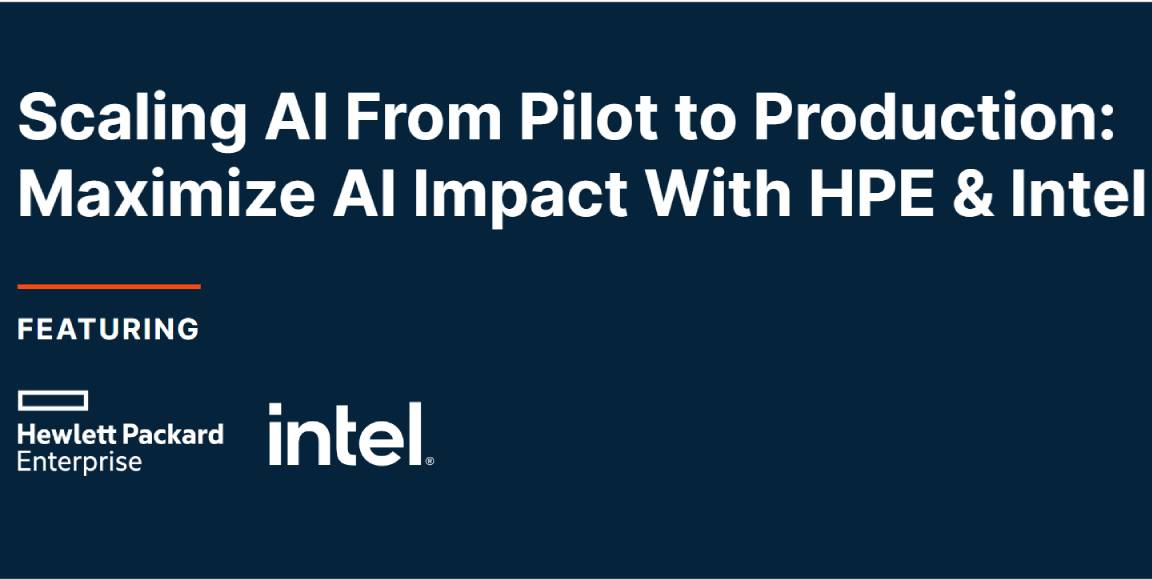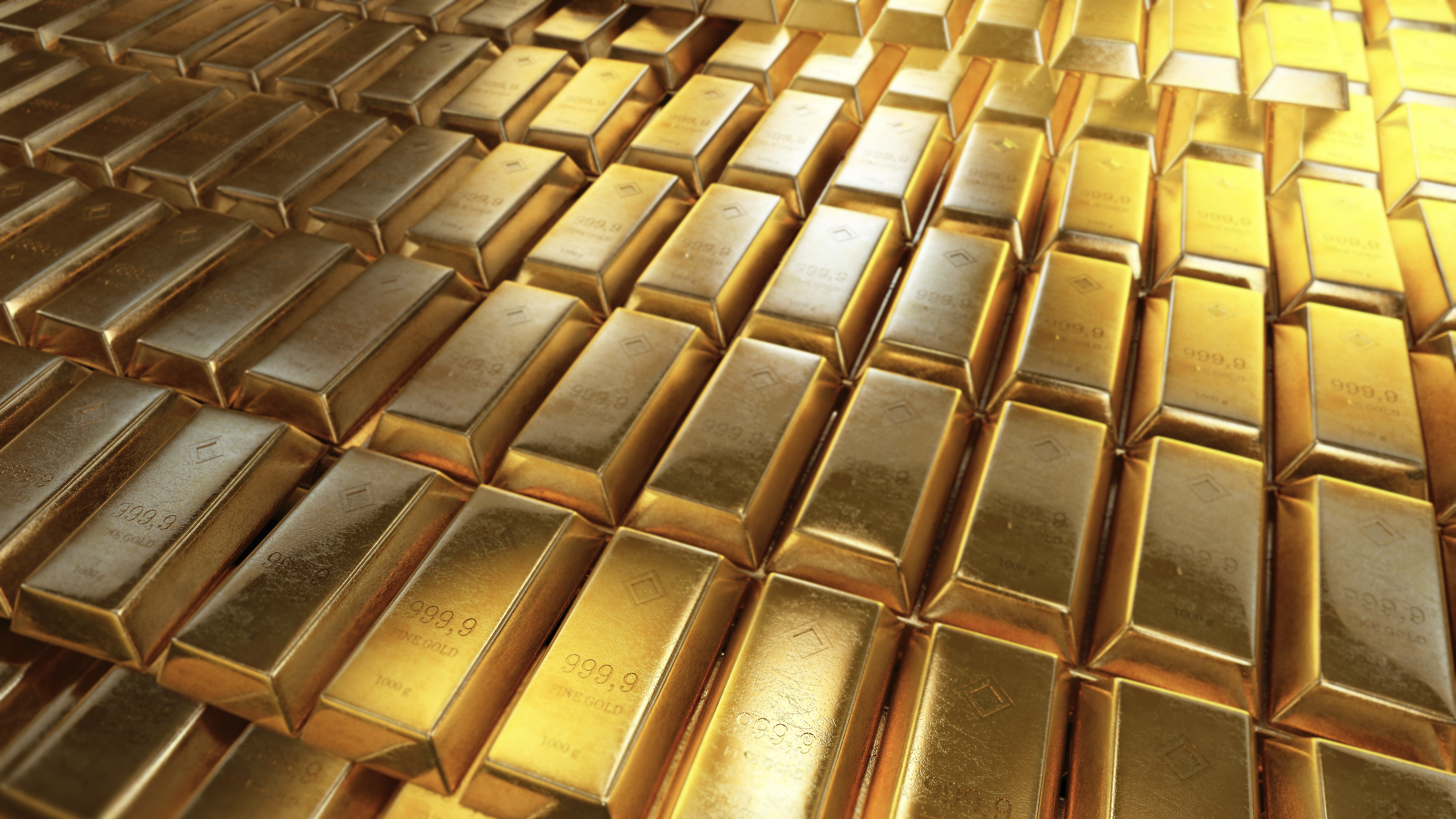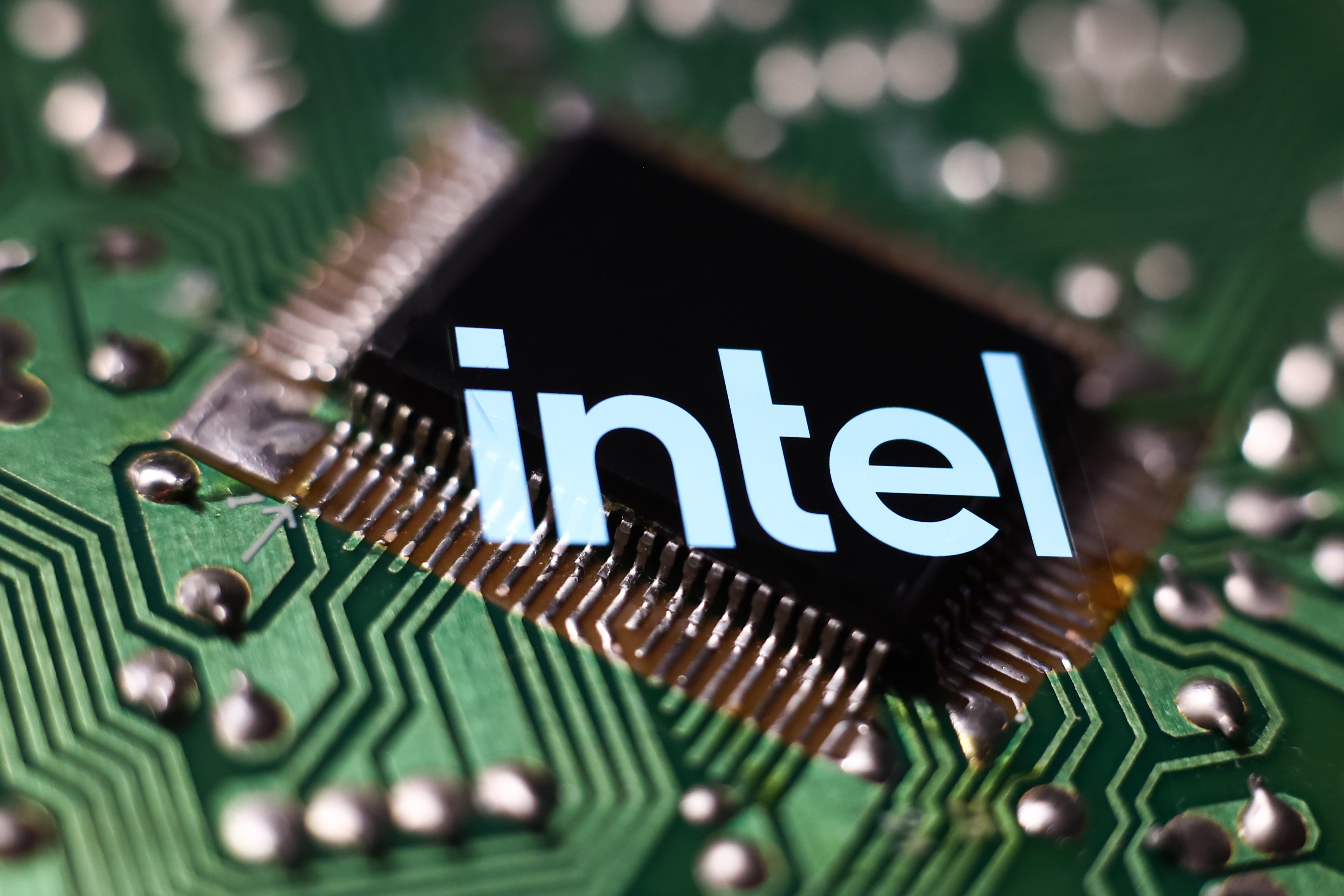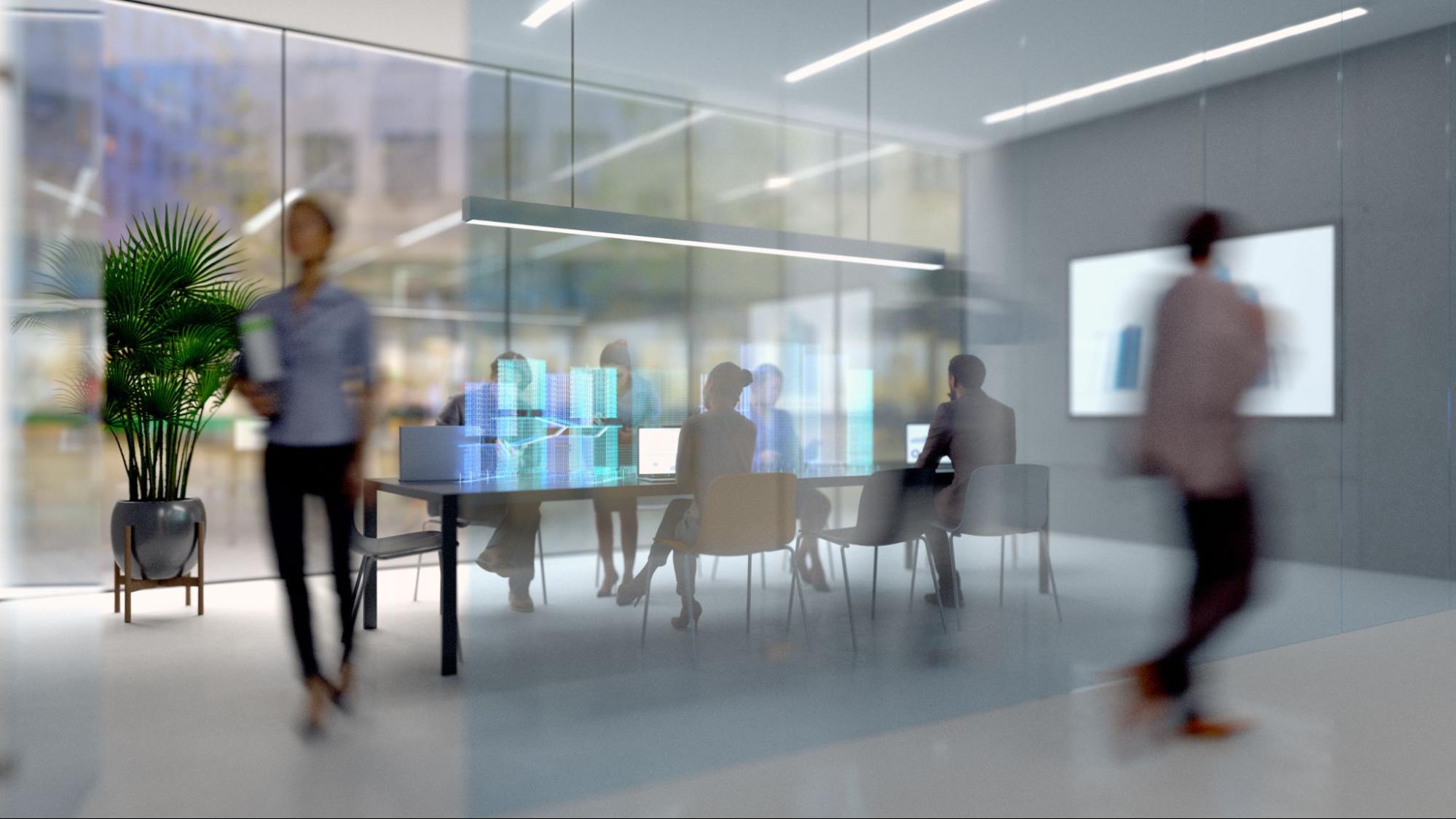Businesses need stability and performance
Now that employees can work productively in so many diverse locations, it’s even more essential to have dependable, consistent computing platforms for them to use

Working from home has boomed during the 2020 pandemic, and the shift in employment patterns is likely to have permanent repercussions. The added flexibility has found quite a favourable response from workers, but it has potential downsides for the IT department. Aside from security concerns from a working environment that is outside the office, and the added burden of supporting systems remotely, there is the danger of handling a proliferation of different computing equipment. Tackling this brave new world of work requires predictable platforms that remain manufacturer-supported throughout their business lifecycle.
A key part of this is being certain that when staff requirements change – for example switching between mobile home working and the office or vice versa – they can still be furnished with a familiar platform that hasn’t undergone potentially de-stabilising hardware changes. Although new hardware will almost certainly mean improved performance, from the perspective of IT support this must be weighed against the potential for unpredictable software compatibility and driver behaviour that may accompany the extra speed. A faster system is not so useful if it’s causing unwanted behaviour with the most important applications employees use, as this can lead to downtime that will in turn cost money.
It’s particularly important to ensure that the operating system and software are kept up to date with the latest security patches, to maintain system safety for employees. But having to validate these patches against lots of different hardware configurations will delay rollout by considerably increasing the time taken in the validation process. Once a vulnerability has been discovered, it’s a race against those looking to exploit it to get a patch validated and installed. There were over 12,000 vulnerabilities discovered in 2019, and over 16,000 in 2018, underlining the continual war going on between hackers and system administrators. With more employee systems outside the safety of the corporate firewall as they work from home, it’s even more imperative that no outdated, unpatched systems are left at the mercy of attackers.
The last few years have been littered with examples of companies falling foul of a lax patching policy. The most infamous is Equifax in 2017, where 148 million client records were exposed by a two-month delay in patching after a vulnerability was discovered. In 2018, a Singaporean healthcare organisation lost 1.5 million patient records, including one for the prime minister of Singapore himself, due to an unpatched version of Microsoft Outlook. In the same year, a Fortune 500 company failed to patch the Windows operating system on 1,100 devices, many of which ended up having malware installed to mine cryptocurrency. Even Facebook failed to patch three vulnerabilities, leaving 30 million accounts open to identity theft, which resulted in a potential fine in the billions of dollars.
In other words, you don’t want any obstructions to the rapid rollout of software updates. Patch management software company NinjaRMM claims its internal research has revealed that 25-30% of Windows 10 patches fail. If you are patching identical systems, however, this percentage will be drastically reduced towards zero, because update behaviour will be predictable with a standard hardware configuration. In fact, if a patch does fail on a validated platform, it signals that there could be something wrong with that system, which warrants further IT administrator attention.
However, you also don’t want your employees to be using IT equipment that doesn’t deliver the performance they require to get their work done. You need to be confident that the IT platforms made available to them provide not just what they want now but more than enough for years to come, otherwise this will impact their workflow. If you don’t, it may even convince them to start using BYO devices that are outside the corporate purview, in frustration. If employees are supplied with company systems that meet their needs, they will keep using them.
The Intel vPro® platform can provide everything a company needs to address these issues, delivering an assurance that a configuration will be available for at least 15 months. The configurations are rigorously tested with OEMs to ensure that all components meet standards of quality, reliability and compatibility. This is validated through the Intel® Stable IT Platform Program (Intel® SIPP), which aims for zero hardware changes through the buying cycle.
Choosing vPro® platform systems, whether notebook or desktop, also ensures cutting-edge business performance. Intel SIPP includes mobile and desktop processors from the 10th generation of Intel® Core™ i5, i7, i9 and Xeon ranges, offering blistering performance balanced against long battery life for mobile systems. Validated configurations incorporate modern chipsets and networking, including the latest Wi-Fi 6 technology, providing futureproofing for WLAN throughput. There’s support for super-fast Intel® Optane™ Memory as well. All these platforms include capable processor-integrated graphics, ensuring that display drivers also remain stable, up to date, and compatible with the overall system.
Another advantage of Intel SIPP is that it isn’t just about enforcing one path based on the latest software versions. Intel validates multiple versions of Windows 10 on each hardware configuration, so if a business wants to stay with an earlier version until specific software has been fully tested on a newer Windows Update, it can perform the transition when ready and continue to enjoy Microsoft extended support on its current operating system.
Even where a system with specialised abilities is required beyond standard company configurations, ensuring that it supports the Intel vPro® platform will mean that the same tools can be used to manage it remotely. With Intel SIPP, it will be from one integrated and validated solution. The new system can be up and running more quickly as the image deployment, setup and configuration are facilitated by the known, trusted hardware target platform.
The shift towards working from home and mobile computing in general has stretched IT resources geographically. But by ensuring that the devices these employees use are from a trusted, stable and performance-futureproofed platform you can keep your business going securely and efficiently, despite the changes in employee lifestyles. That means your business can continue to thrive as working practices diversify.
Learn more about the Intel vPro® platform and how it can help your business
Get the ITPro daily newsletter
Sign up today and you will receive a free copy of our Future Focus 2025 report - the leading guidance on AI, cybersecurity and other IT challenges as per 700+ senior executives
ITPro is a global business technology website providing the latest news, analysis, and business insight for IT decision-makers. Whether it's cyber security, cloud computing, IT infrastructure, or business strategy, we aim to equip leaders with the data they need to make informed IT investments.
For regular updates delivered to your inbox and social feeds, be sure to sign up to our daily newsletter and follow on us LinkedIn and Twitter.
-
 Should AI PCs be part of your next hardware refresh?
Should AI PCs be part of your next hardware refresh?AI PCs are fast becoming a business staple and a surefire way to future-proof your business
By Bobby Hellard
-
 Westcon-Comstor and Vectra AI launch brace of new channel initiatives
Westcon-Comstor and Vectra AI launch brace of new channel initiativesNews Westcon-Comstor and Vectra AI have announced the launch of two new channel growth initiatives focused on the managed security service provider (MSSP) space and AWS Marketplace.
By Daniel Todd
-
 Gaining timely insights with AI inferencing at the edge
Gaining timely insights with AI inferencing at the edgeWhitepaper Business differentiation in an AI-everywhere era
By ITPro
-
 Scaling AI from pilot to production: Maximize AI impact with HPE & Intel
Scaling AI from pilot to production: Maximize AI impact with HPE & IntelWhitepaper Transform AI proof-of-concepts into full-scale implementations
By ITPro
-
 UK supercomputer boom as HPE and Dell receive funding for new AI cluster
UK supercomputer boom as HPE and Dell receive funding for new AI clusterNews The UK’s AI computing capabilities will increase by an order of magnitude in 2024
By Rory Bathgate
-
 AI gold rush continues as Hugging Face snags $235 million from IBM
AI gold rush continues as Hugging Face snags $235 million from IBMNews The investment round, which brings the company's valuation to $4.5 billion, also includes Amazon, Google, Intel, and Salesforce
By Richard Speed
-
 Why is ASUS reviving Intel’s NUC mini-PC line?
Why is ASUS reviving Intel’s NUC mini-PC line?News The diminutive PC is to rise again while analysts look for the business case
By Richard Speed
-
 Intel targets AI hardware dominance by 2025
Intel targets AI hardware dominance by 2025News The chip giant's diverse range of CPUs, GPUs, and AI accelerators complement its commitment to an open AI ecosystem
By Rory Bathgate
-
 Why aren’t factories as smart as they could be?
Why aren’t factories as smart as they could be?Whitepaper How edge computing accelerates the journey to a remarkable factory
By ITPro
-
 Who needs Intel vPro®, An Intel® Evo™ Design, anyway?
Who needs Intel vPro®, An Intel® Evo™ Design, anyway?Sponsored With flexible work on the up, the demand for high performance on-the-go business laptops has never been greater
By ITPro
